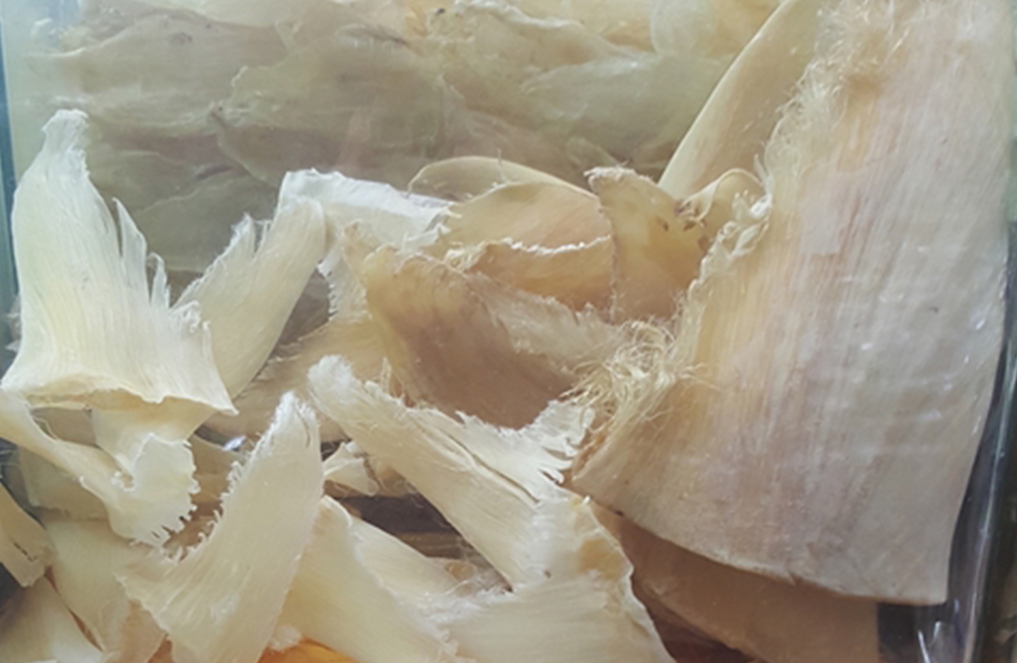DNA barcoding for marine conservation
NUS marine biologists have shown that deoxyribonucleic acid (DNA) barcoding can be used for identification of shark and ray species used in commercial products available locally to monitor the trade in protected species.
Shark and ray products are traded internationally with an estimated 100 million individuals caught each year for various purposes, including cultural cuisines and Traditional Chinese Medicines. In many Asian communities, shark fins are considered a delicacy and served in soups during special occasions. Regulating and monitoring the shark and ray trade is very challenging as during the processing stages, the animal parts such as the fins are separated from the carcass and it becomes difficult to identify the species by visual means. As a result, accurate data on the species composition and number of animals caught for trading are not easily available. This hinders the establishment and enforcement of conservation efforts aimed at protecting threatened species.
The research team comprising Prof HUANG Danwei from the Department of Biological Sciences, NUS and Prof Madhu RAO from the Wildlife Conservation Society have achieved the first comprehensive application of the DNA barcoding technique to identify shark and ray products that are readily available to consumers in Singapore. This molecular method uses a short genetic marker obtained from a given sample to identify the particular shark or ray species. Like other barcode systems, samples with the same or similar identifier, in this case the DNA sequence, could be recognised as the same species, even without any means of visual identification. The procedure is also efficient, allowing hundreds of samples to be processed and identified within a week.
The team’s samples of over 200 dried products include shark fin, cartilage and meat as well as ray gill plates and meat. The data allowed the researchers to positively identify at least 28 shark and ray species used in local commercial products. This is significant because all the species identified in this work came from populations that are either declining, or whose population status is unknown, highlighting the need to actively monitor the retail trade of dried products.
The species composition of shark and ray products obtained in their work will be useful for regulatory bodies in controlling trade and establishing new or revisiting species’ conservation status. Prof Rao said, “This study demonstrates the potential of using DNA barcoding to routinely monitor the retail trade in CITES (Convention on International Trade in Endangered Species of Wild Fauna and Flora)-listed species, providing a mechanism to strengthen the protection of threatened, trade-regulated species.”
“We plan to continue studying commercially available products and compare them with catch data in order to identify areas where trade monitoring can be strengthened,” added Prof Huang.

Dried shark fins can be obtained from the dorsal and pectoral fins of the shark. It is typically consumed in a traditional soup found in Chinese cuisine. [Image credit: Chester GAN]
Reference
Wainwright BJ*; YC Ip; ML Neo; JJM Chang; C Gan; N Clark-Shen; D Huang; M Rao, “DNA barcoding of traded shark fins, meat and mobulid gill plates in Singapore uncovers numerous threatened species”, CONSERVATION GENETICS. DOI: 10.1007/s10592-018-1108-1: Published: 2018.
